|
So there we were, standing in the kitchen, Noah cooking breakfast, me pouring my first cup of coffee, when out of the shrubs, at the base of the giant black locust tree, hops out the teeny tiny harbinger of winter - the Dark-eyed Junco!!! Dark eyed juncos can be found only in North America, in the winter all across the US, enjoying feeders, fields, forests, parks, and gardens. Their colors are reminiscent of a winter's day, snow on the bottom, dark cloudy skies above.
There are many different dark-eyed juncos, those that visit us are the slate colored variety. In the summer they nest in Canada, the Western US, and the Appalachian Mountains often in coniferous forests. It was at one time fabled that the dark-eyed juncos were chipping sparrows in winter plumage due to their size and similar songs (they're not). They have also been used to predict the weather - early in the winter if many juncos are congregating at a feeder, cold and snow will soon follow. Once they are no longer around, winter's end is near.
0 Comments
Before we know it, the gift giving season will be upon us and this year I'm rolling out some great new products for your nature loving family!
Last year the park calendar fundraiser was such a great success we'll be doing it again this year! Profits from the calendars will go to the parks they support. We will also be offering magnets, ornaments, stickers, year view calendars, playing cards, and of course any image you want, framed and ready to hang on your wall! We will have product images and begin taking orders soon! We're ten months in on the newest phenology studies. Two at Barnes Preserve Two at Walton Woods Some studies have multiple images throughout the same month. To read about what was happening at the time the photo was taken, go to the one year study page! Barnes Short LoopBarnes Long LoopWalton Woods Burning BushWalton Woods Lower TrailThere is something beautiful yet mournful about this time of year.
The extreme seasons both have this deep soulful sense of urgency. One to start new things, to make, to create, to grow. The other, the present, calls to your being to let go. To allow time to think about things, what is and isn't serving you along your journey, and while it can be hard it's calling you to let it go. Sometimes we don't realize what we need to let go, or rather that ideas can be let go. For example, I am one who held themselves back without realizing it. That internal voice saying "Don't disturb other people's lives by trying to make plans with them." or "They only hired you to be nice, they don't like your work." and so on. I never realized that was something I was in control of, I can chose to say no to my inner bully. I can allow myself to ask friends to dinner and if they say yes it's because they want to hang out, not because there's some unspoken social rule that they have to say yes because of manners. And that is something I can let go. What is holding you back from living the life you desire? October is such a unique month. It will go from lush green to bold reds and golds to empty trees in one month flat! Currently out at Walton Woods many leaves have fallen but everything up in the trees is still bright green. Do these fallen leaves fall green then turn brown? Do they turn one by one on the tree and fall, taking turns "there goes Joe, it's your turn to turn and fall Suz!"? "WHEEEEE" - Suz Most everything that blooms has bloomed and is either in seed or turning. The clearweed (Pilea pumila) is finishing its bloom with a ghostly clear/yellow coloring (see in the photos below), and the White Baneberry (Actaea pachypoda) still has a few doll-eye-like fruits. The fungi, however, is having a wonderful time, especially after that rain we had. Notably the burning bush (Euonymus alatus) here has overgrown so much that it no longer turns red, just a weird yellow-green-white (similar to the clearweed). So the other day there was a group hike out at Wooster Memorial Park - this one was to learn about the Salamanders in the park. It was lovely, we learned some new things, found some really cool salamanders, frogs, and a ring necked snake! But beyond that I took a few moments to stand back from the group and just observe.
There is something wonderful that happens when nature brings folks together. Beyond learning about cool things in the woods it brings people of all ages, all races, all genders, all backgrounds, all education levels, all political beliefs, all professions, all anything, together to bask in the glory of the great outdoors. Some come to teach, some to learn, some to connect with others, some to herd, some to do something new, but we're all together and we're all open and it's so beautiful. Maybe nature brings us back to our most basic form - homo sapiens, where we can just be as we are. Maybe I'm thinking too much about it. But there's something special about these groups, all the nature groups, be it WMP or the Wilderness Center or Barnes Preserve or some park group out in Utah. I'm not sure where I'm going with this thought, I guess I'm just grateful to have some of these nearby and I hope you'll get out with a group near you! 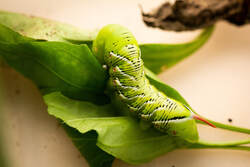 Recently I found a tobacco hornworm (Manduca sexta) on one of my pepper plants - or rather on the stalk of what had once been a pepper plant that was instead dinner for this guy. So, since I don't like killing things needlessly, I cut the stalk, pruned back a few of my tomato and pepper plants, and took him home to see how a hornworm changes. I had no idea how different it was from the swallowtails! So after eating all the chow provided it too got a bit wander-y, but this guy I put in one of those clear gallon ice cream buckets so it couldn't escape. Talking to friends and reading about this species, to morph into the pupal stage they dig down into the dirt, about a week after they've burrowed it's safe to unearth them. So I put a planter pot filled with dirt for it to burrow. One week later I went to carefully dig him out. Upon lifting the planter it sounded like something was shaking inside like a maraca, so I carefully dug, not sure what I'd find, there a few inches down was a great hollow space with the pupa inside. The pupa doesn't just sit there like a cocoon or chrysalis though, it can move, gyrating its lower half (insert disco reference here), probably to scare off predators. I know if I didn't read in advance that it could do that I'd be freaked out. So I moved the pupa to a plastic strawberry container and added some sticks for it to climb when it emerges. Then just like that, 11pm, I'm getting ready for bed, when I hear an odd noise from the strawberry container. There it is, as big as the palm of my hand, a Carolina Sphynx Moth! Beautiful bark colored wings, bright yellow spots running down both sides of its abdomen... a truly beautiful specimen. But now the dilemma, I removed this specimen from its habitat for being a nuisance and to learn about its life cycle, so I can't rightly let it go to lay more eggs, but I don't like needlessly killing things. After thinking for a few days I ultimately decided to freeze it and continue to use it for educational purposes. Yesterday I put it in the freezer, in a few more days it will be a 'late' moth and I will be able to use it to learn to mount large winged creatures as well as get a closer look at its pieces and parts to fully understand how this type of moth functions. Mounting and up-close study notes to follow! What a great late summer it's been! On September 21st Noah and I got married at the overlook at Virginia Kendall Ledges (part of CVNP)!!! It was a perfect day spent with friends and family in the most gorgeous park! We are so blessed and grateful and I'm still beyond words for how amazing of a day it was! But now that means I can switch my focus from wedding planning back to all of this and more!
The Hornworm Most recently I found a tobacco hornworm on one of my pepper plants - or rather on the stalk of what had once been a pepper plant that was instead dinner for this guy. So, since I don't like killing things needlessly, I cut the stalk, pruned back a few of my tomato and pepper plants, and took him home to see how a hornworm changes. I had no idea how different it was from the swallowtails! - Check out the next post to read all about it! - |
AboutSince 2015 we have been exploring and sharing all the amazing things we’ve found in nature. AuthorEmily is an Ohio Certified Volunteer Naturalist who is most often found out in the woods. Archives
March 2024
Categories
All
|
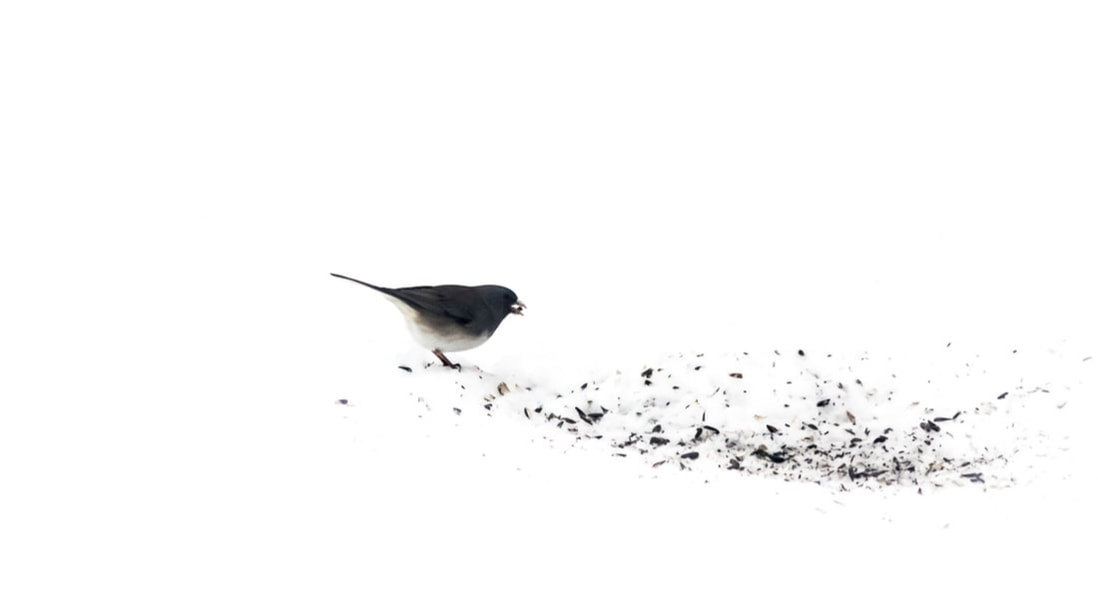
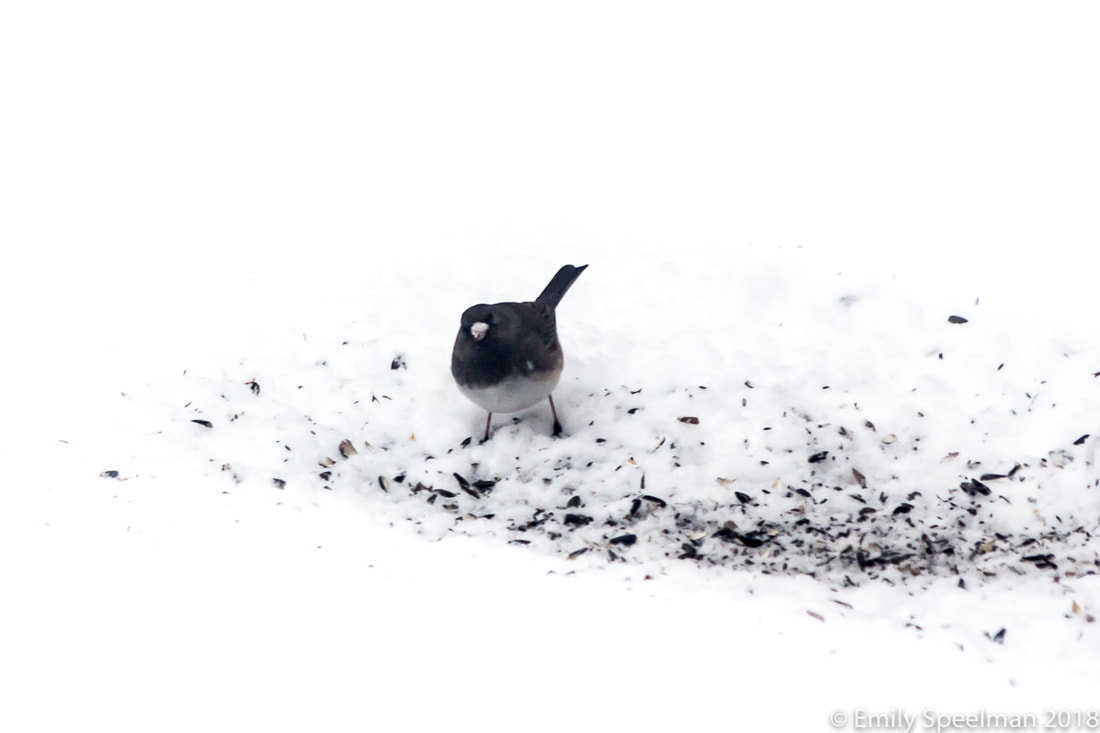
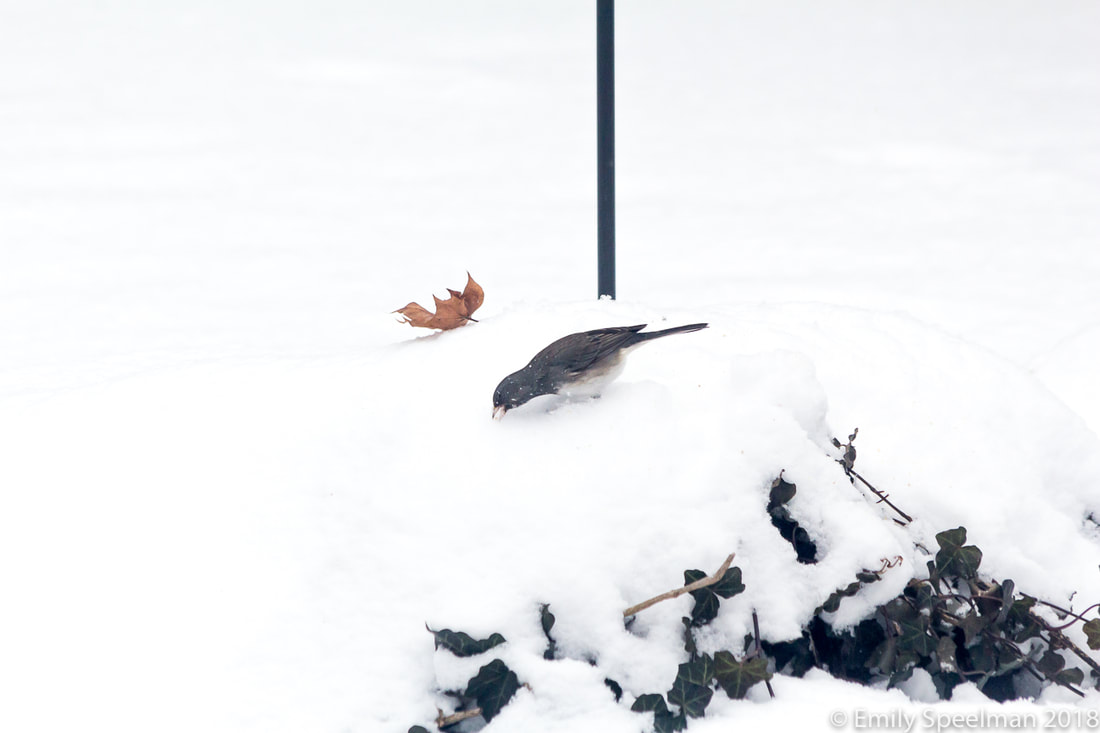
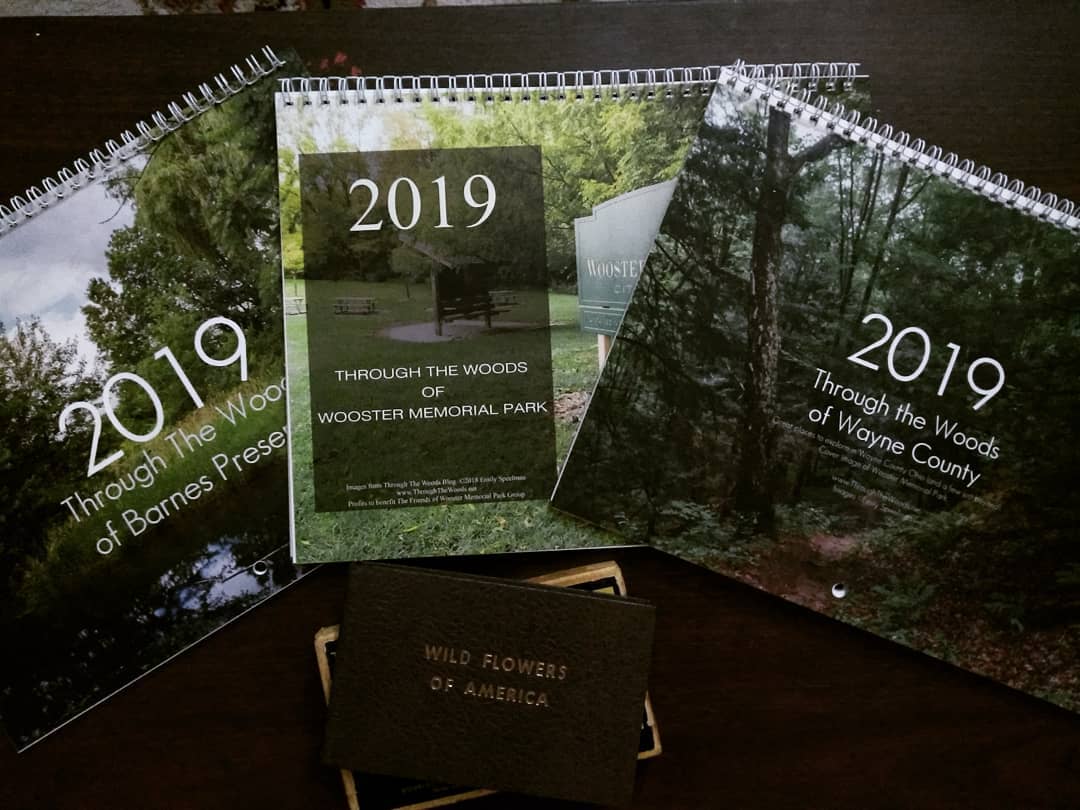
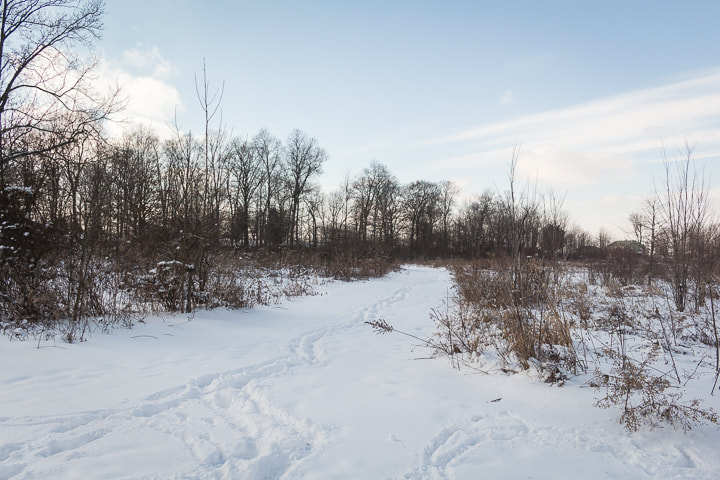
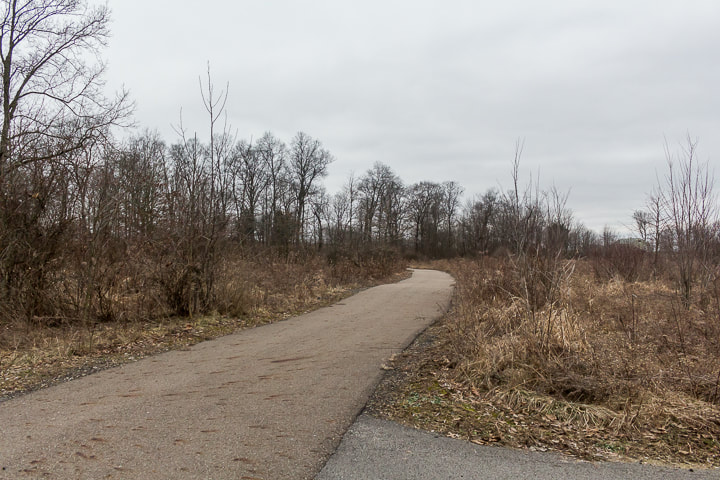
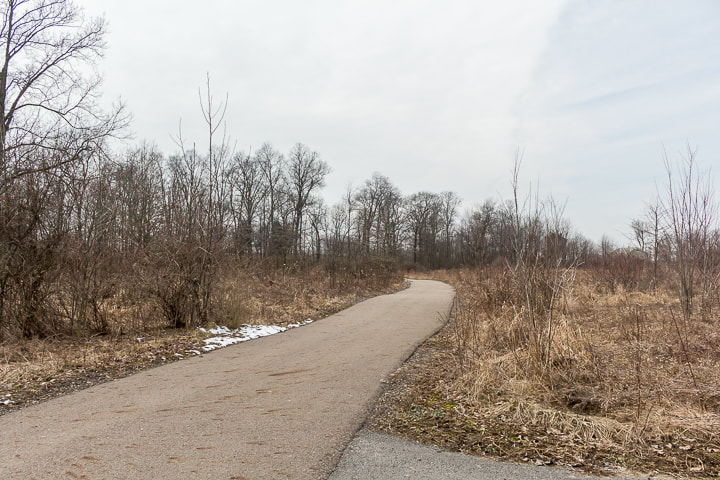
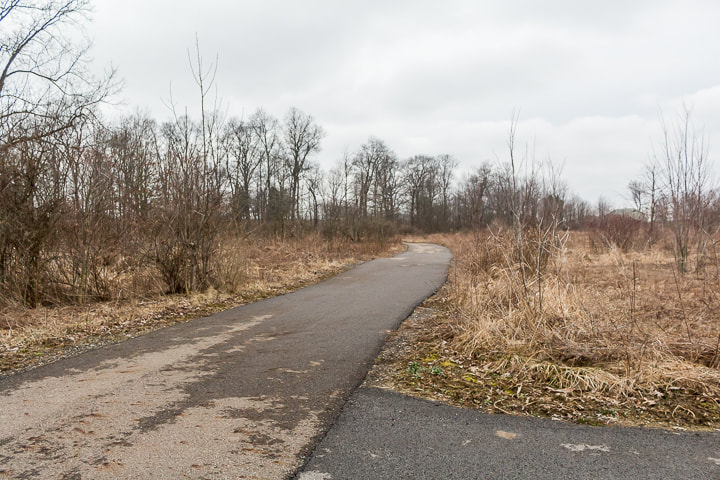
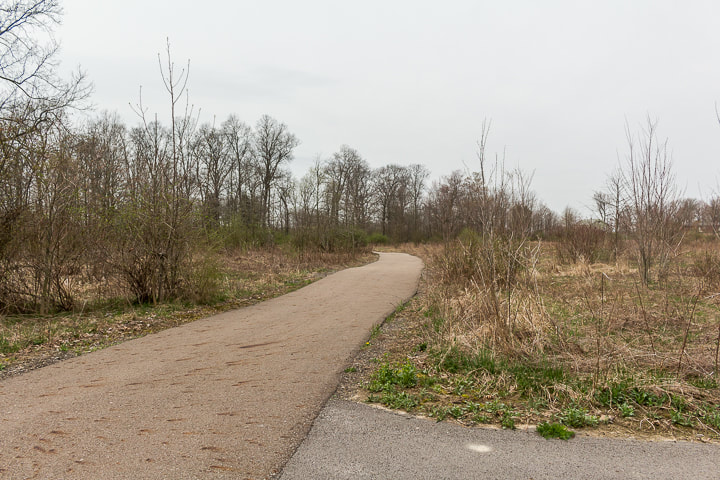
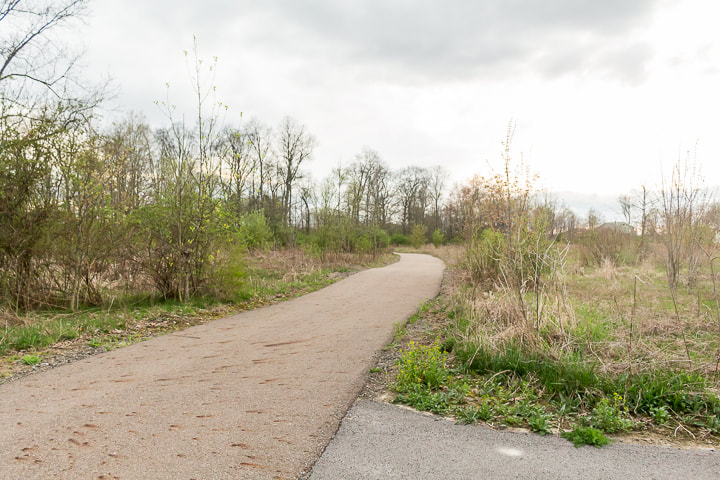
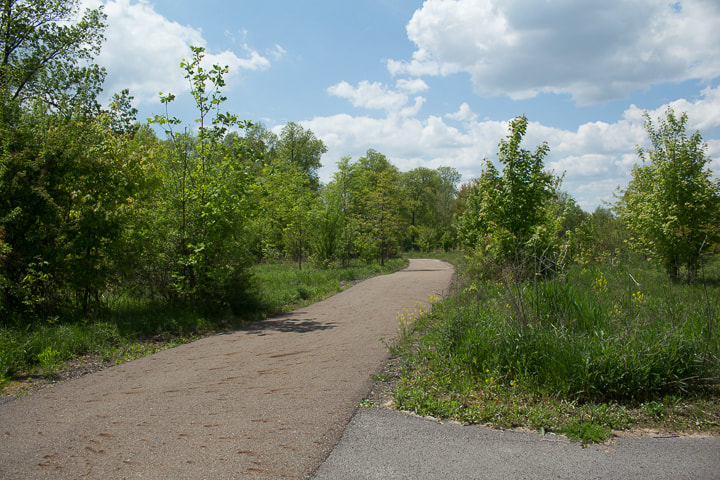
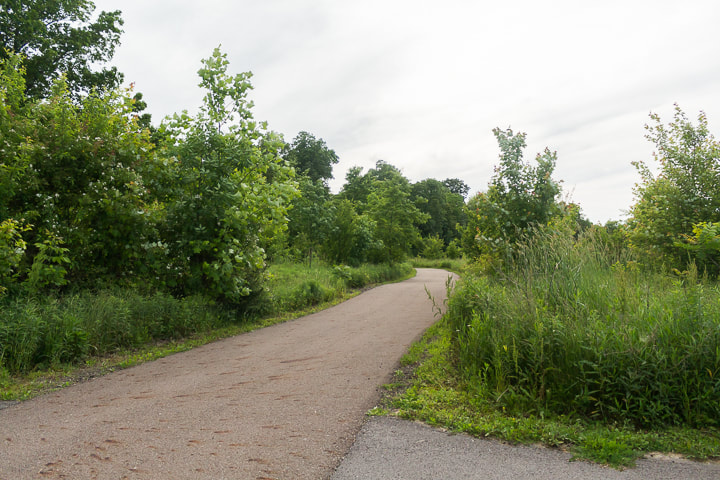
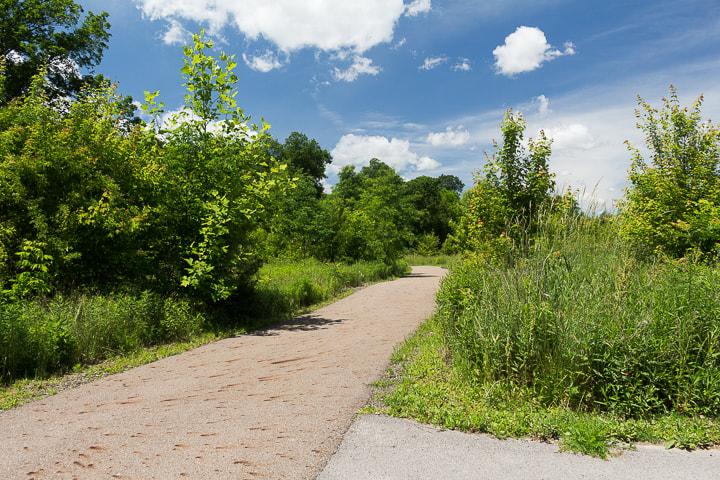
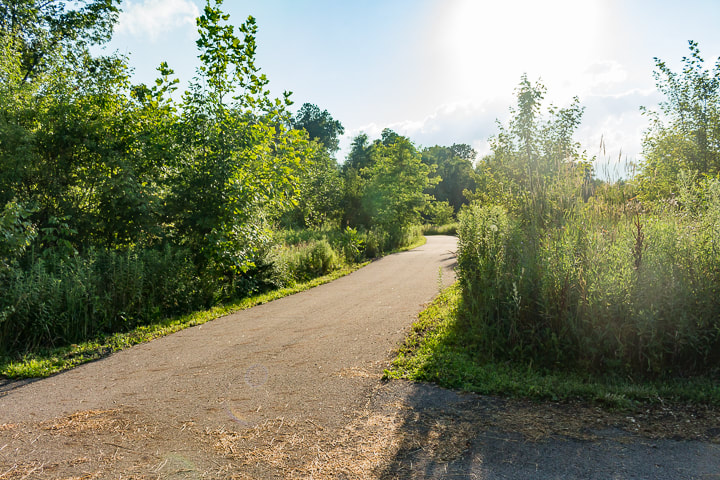
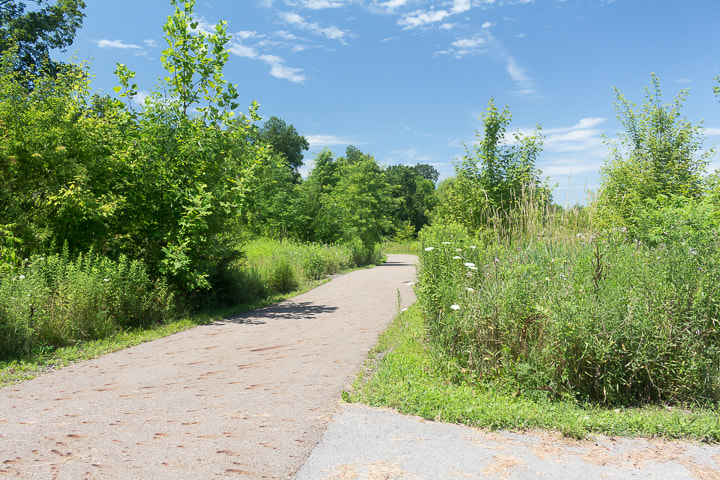
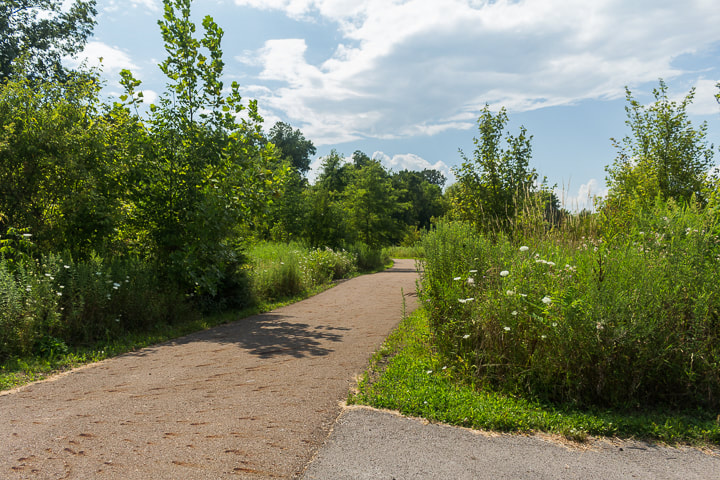
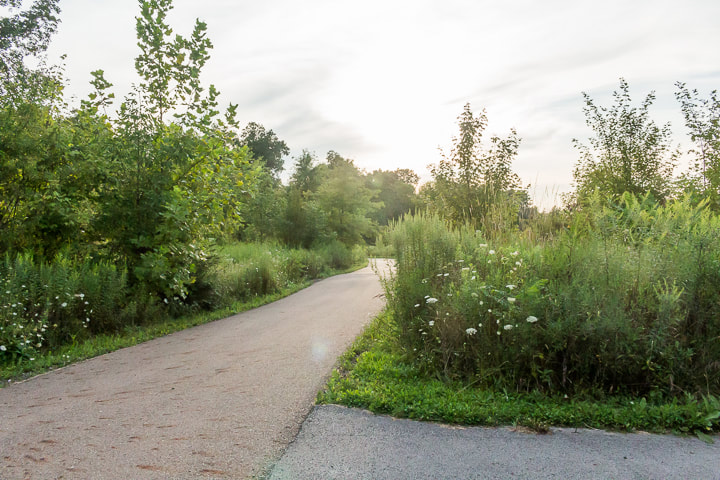
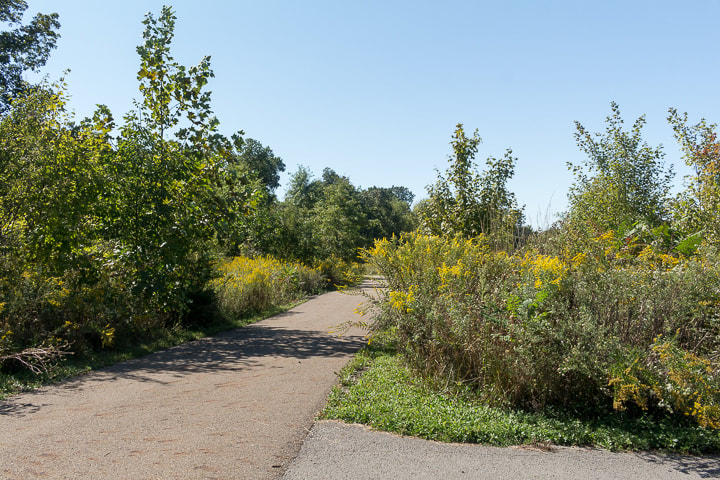
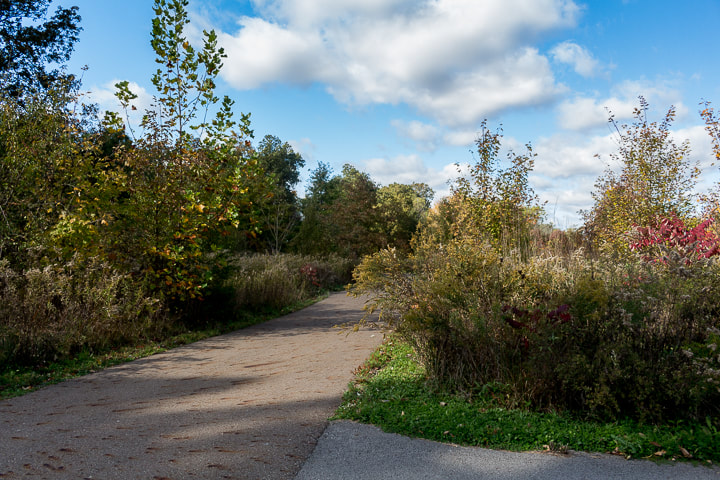
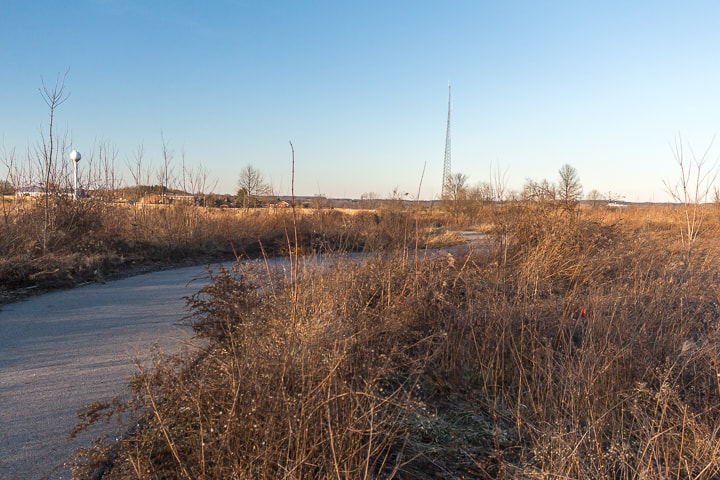
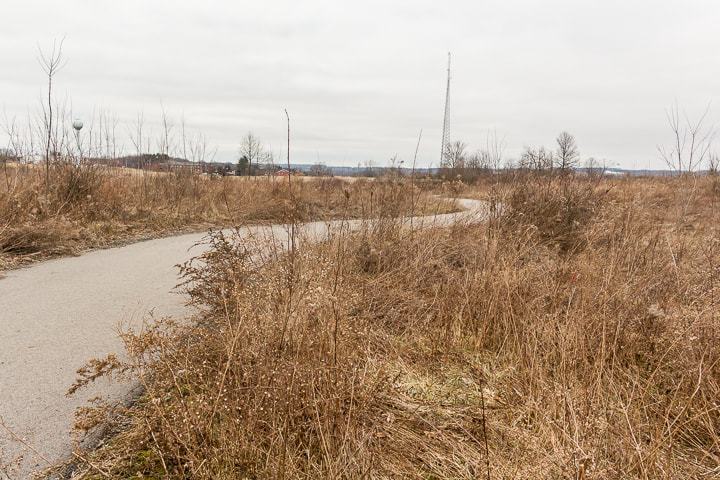
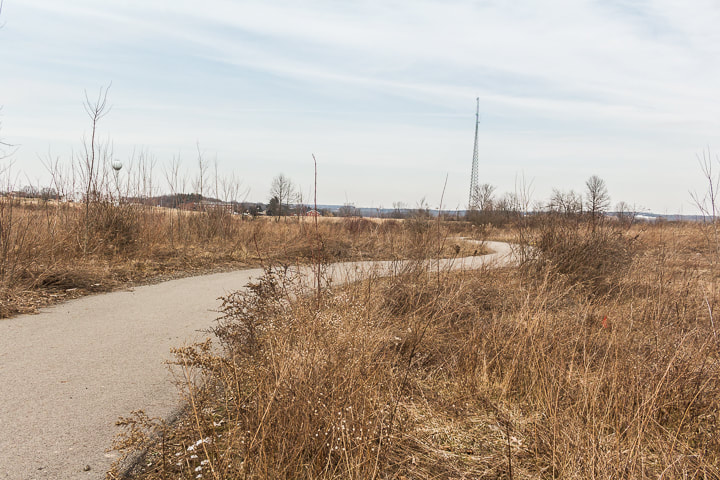
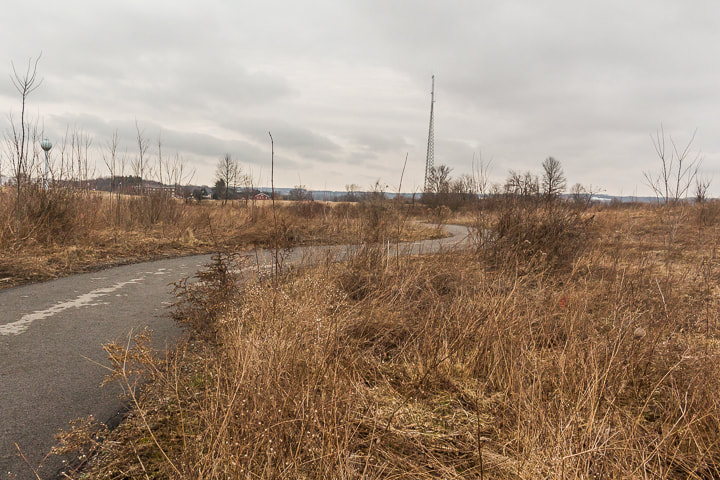
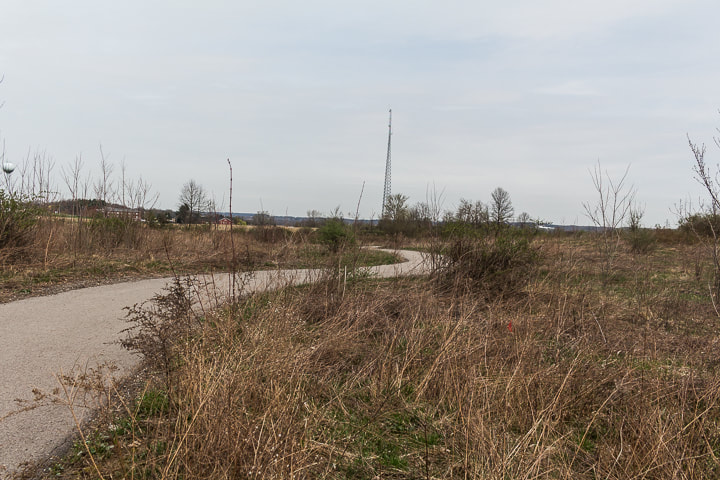
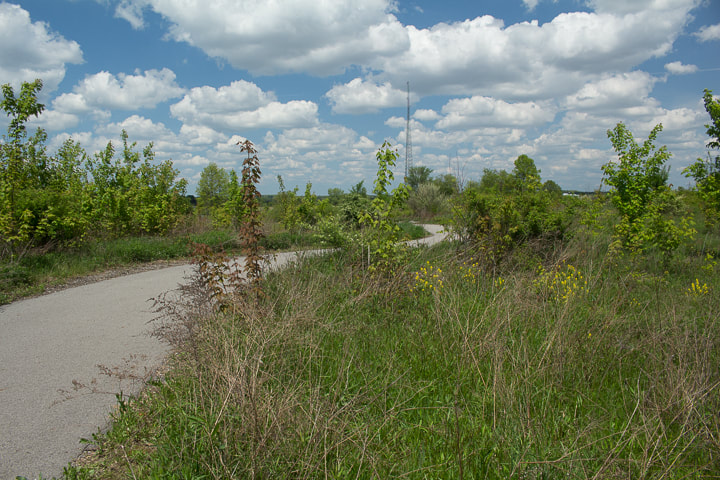
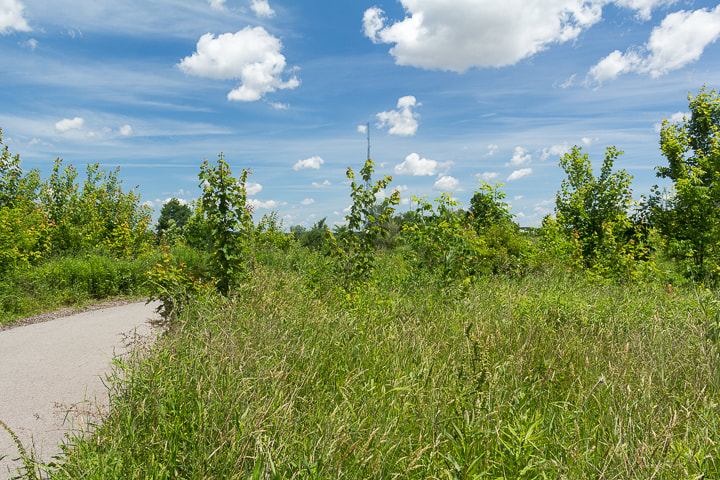
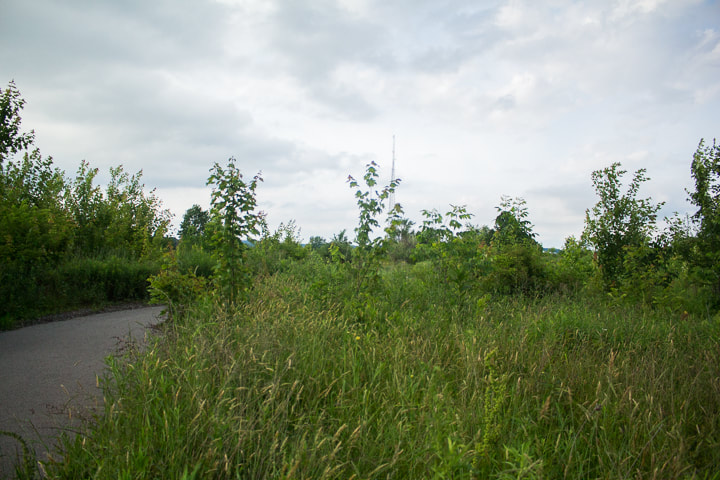
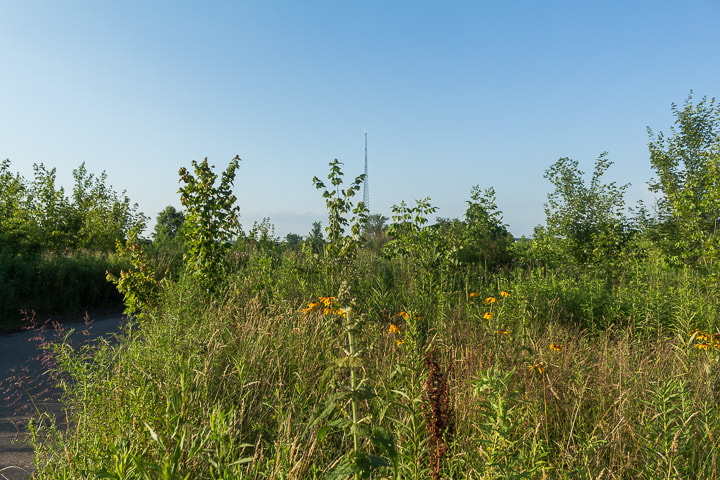
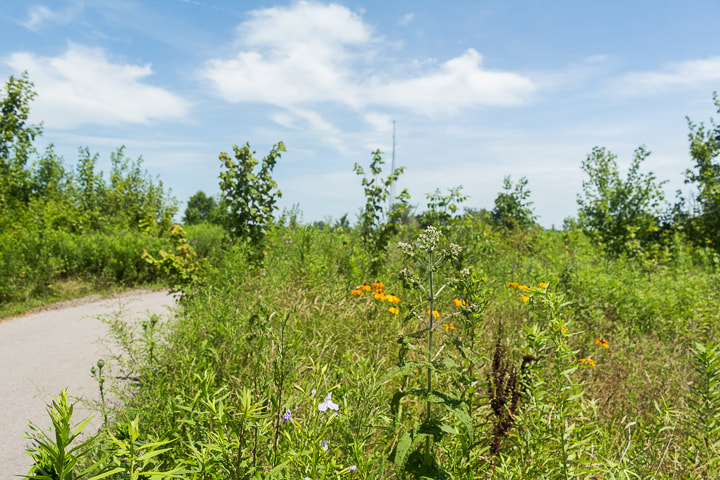
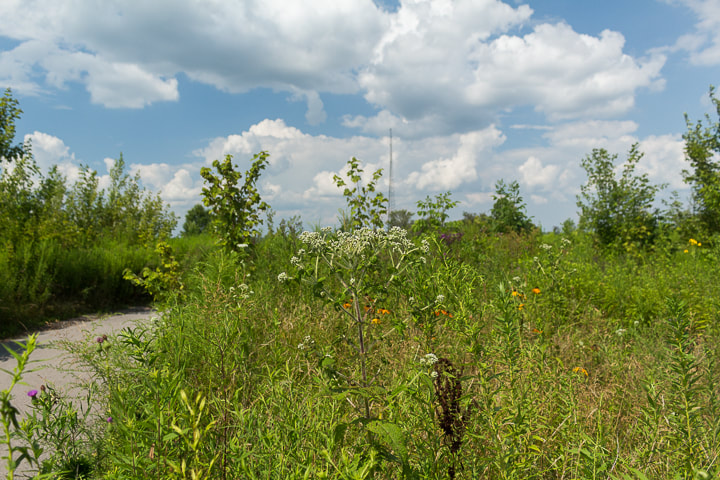
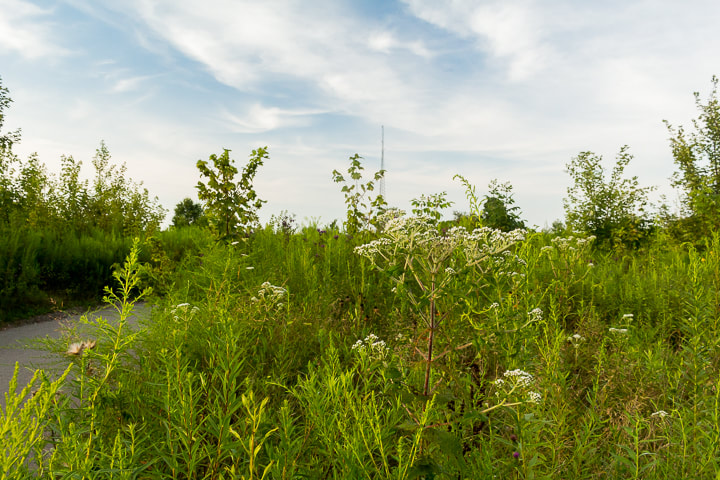
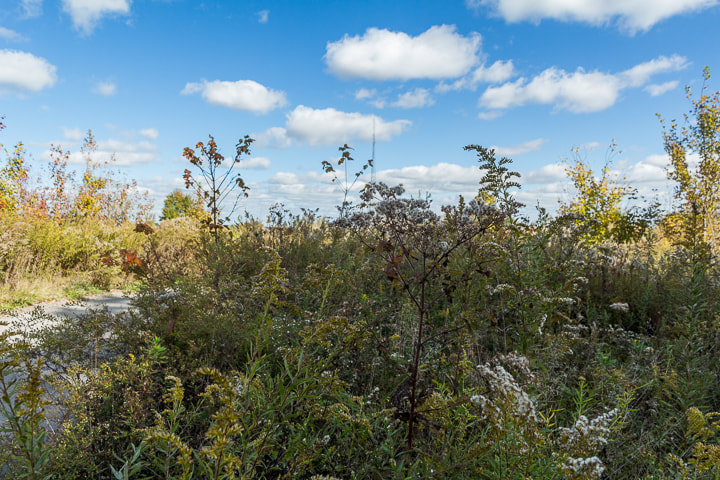
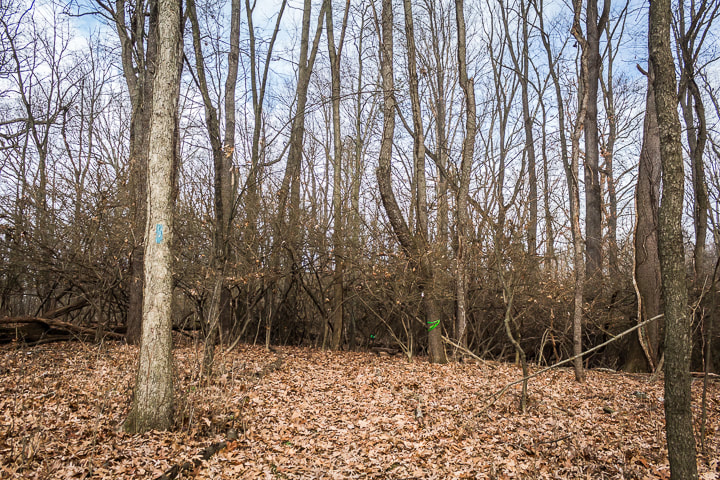
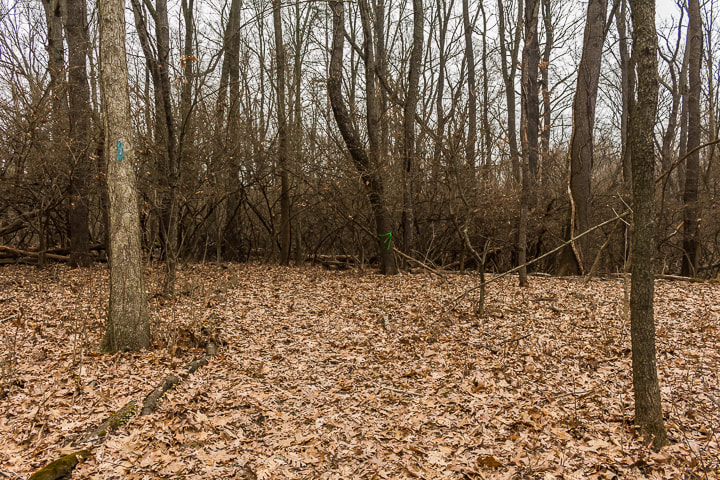
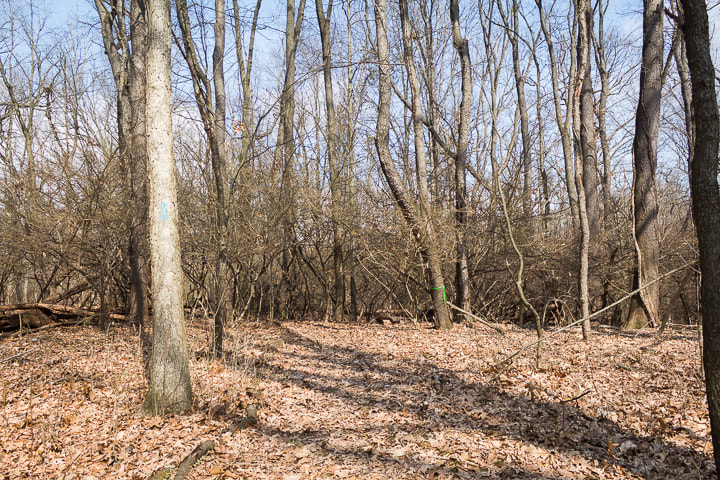
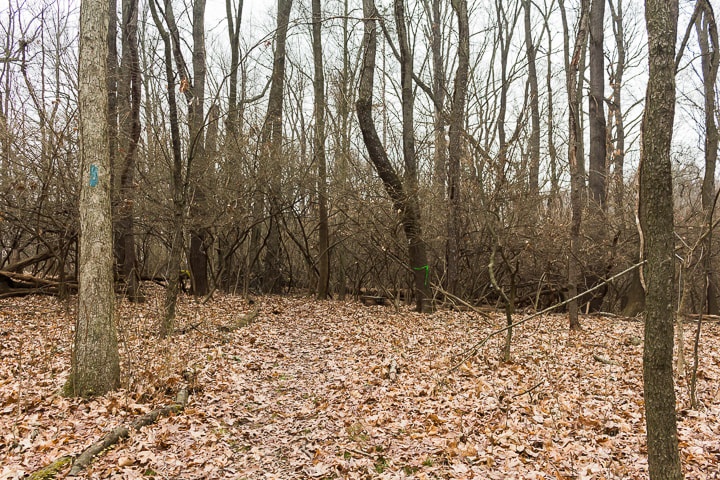
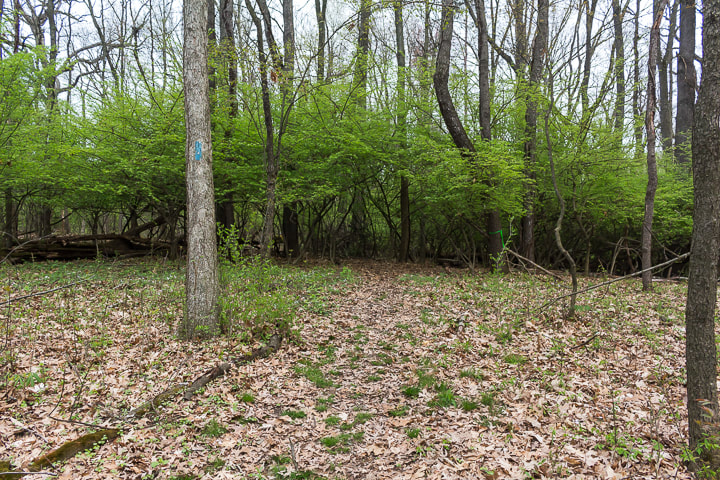
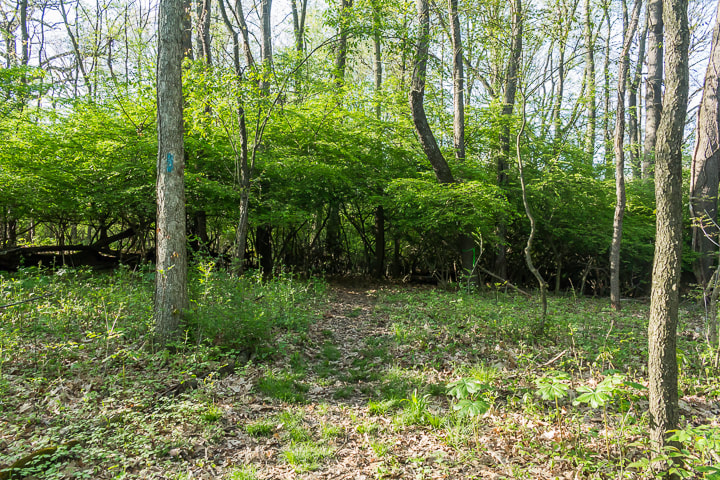
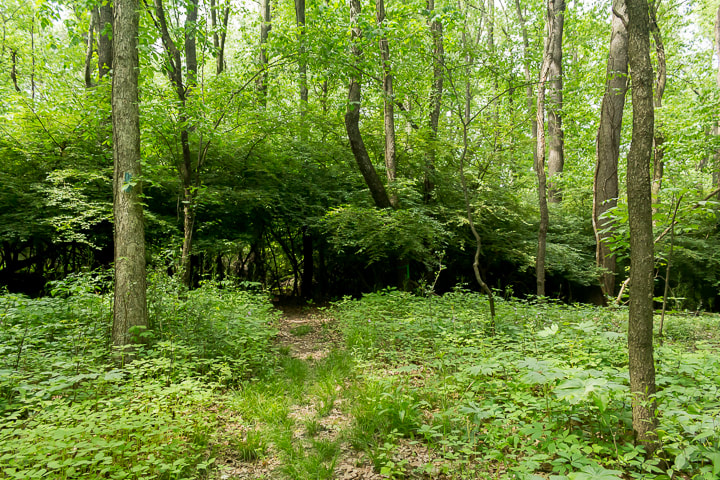
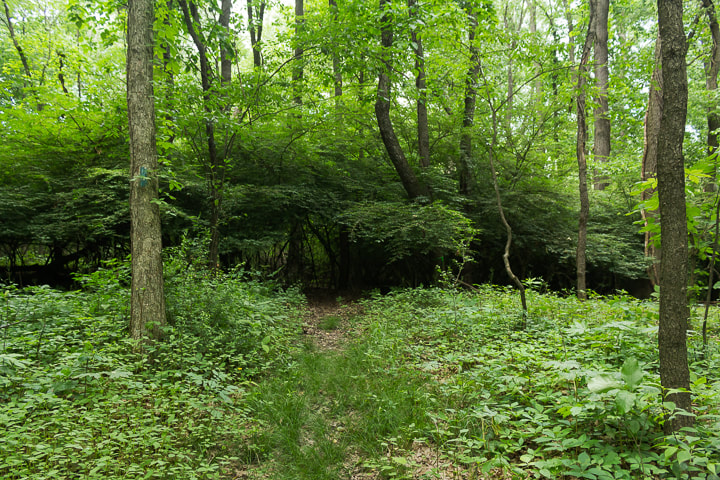
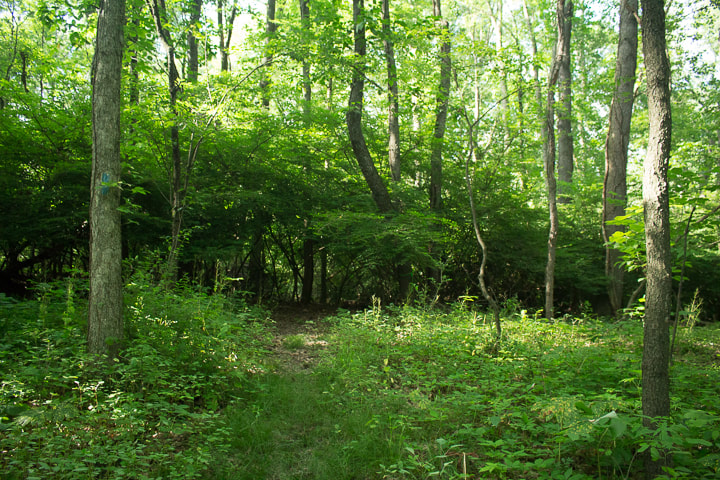
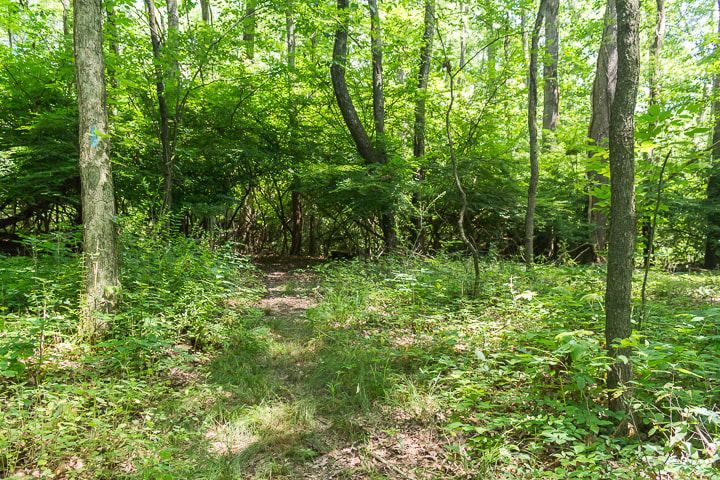
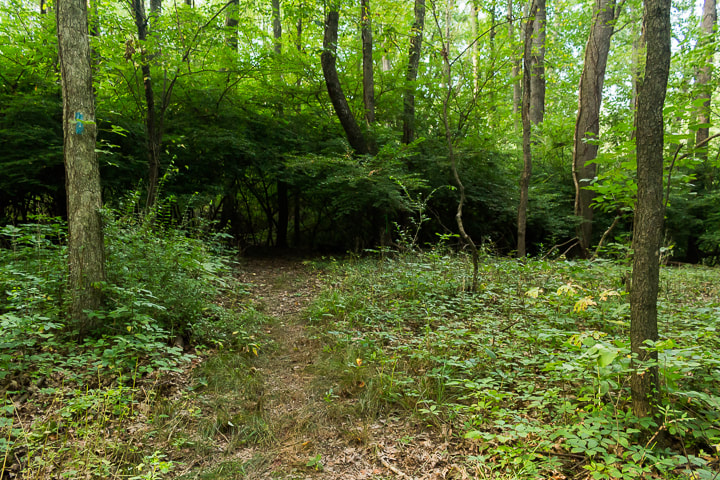
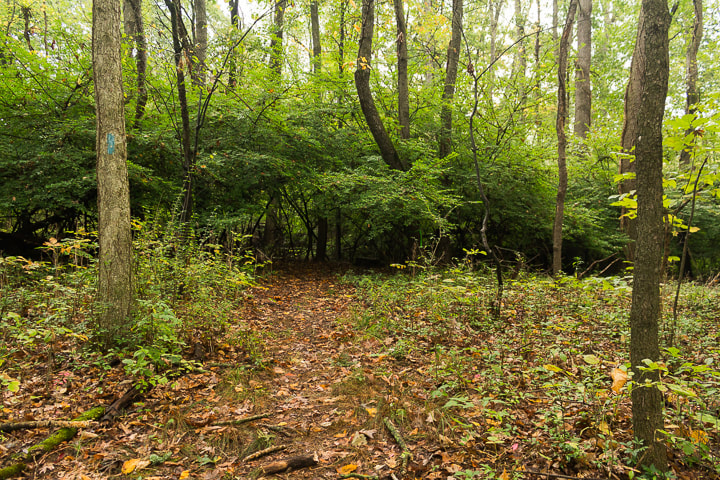
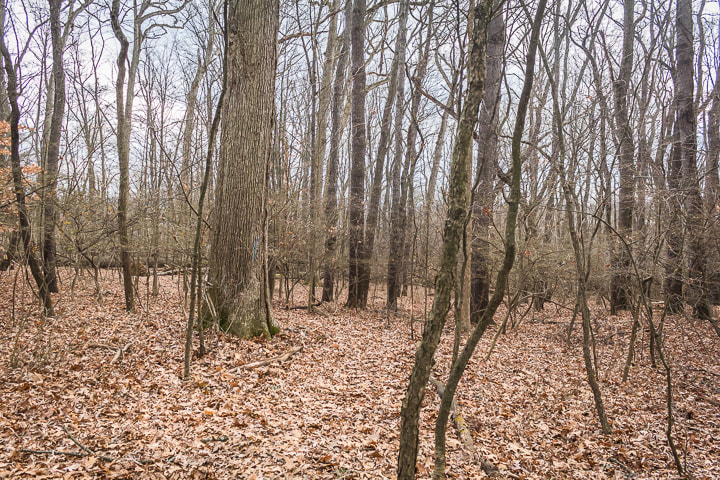
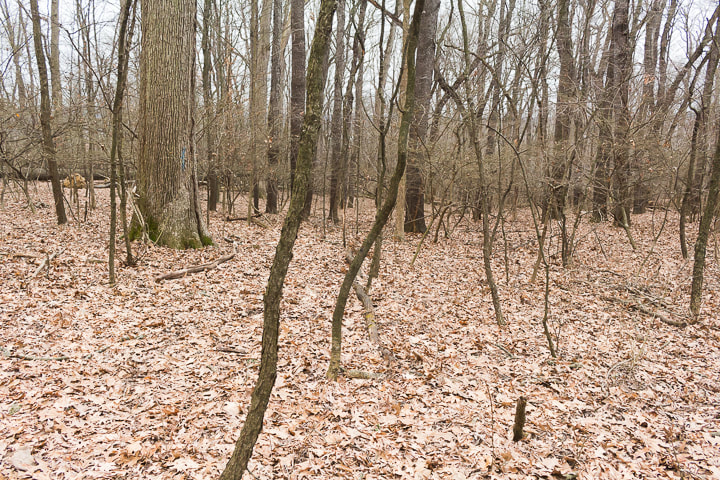
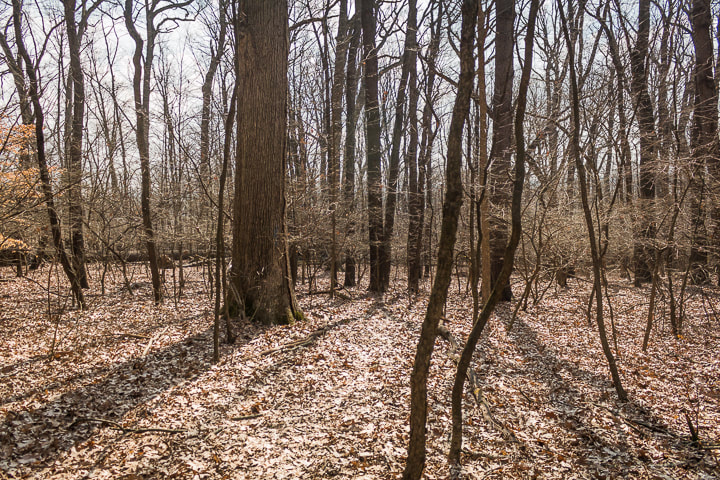
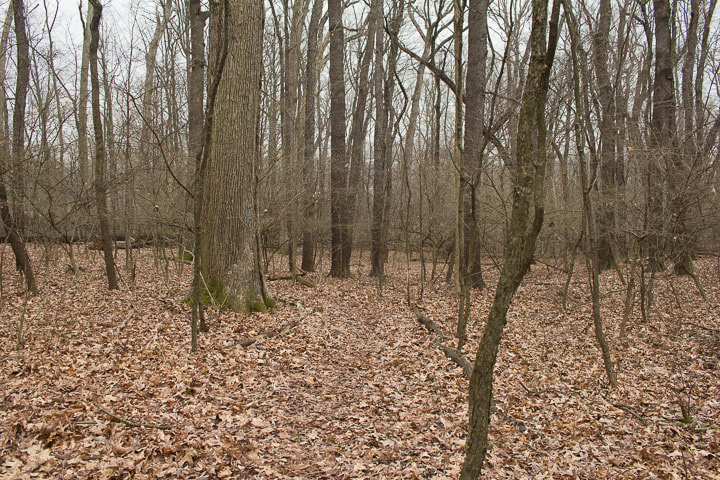
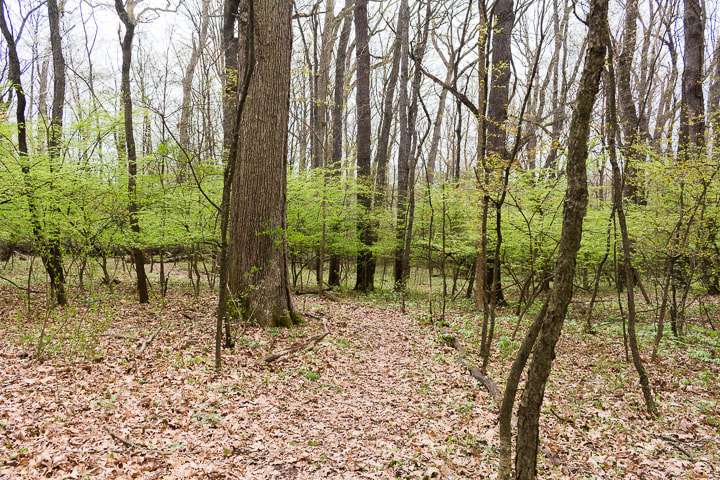
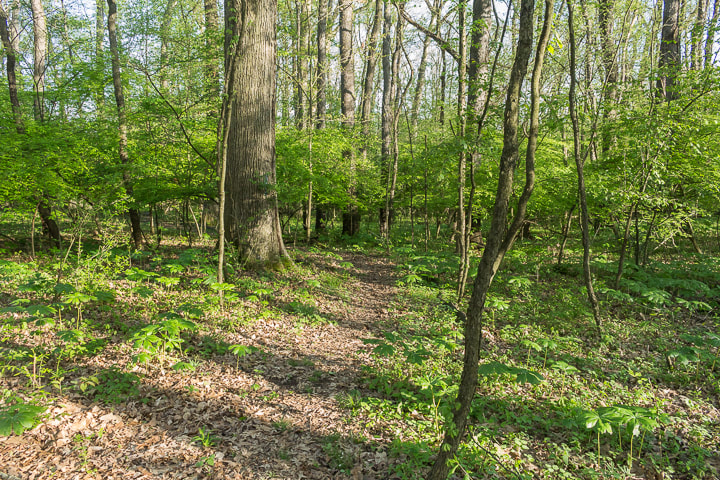
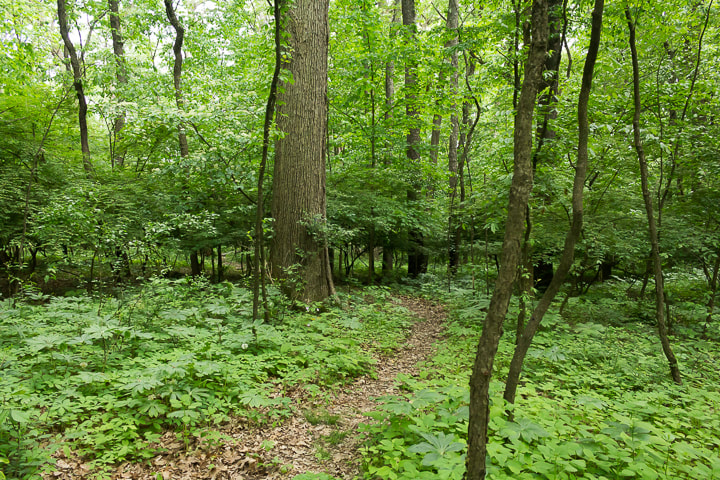
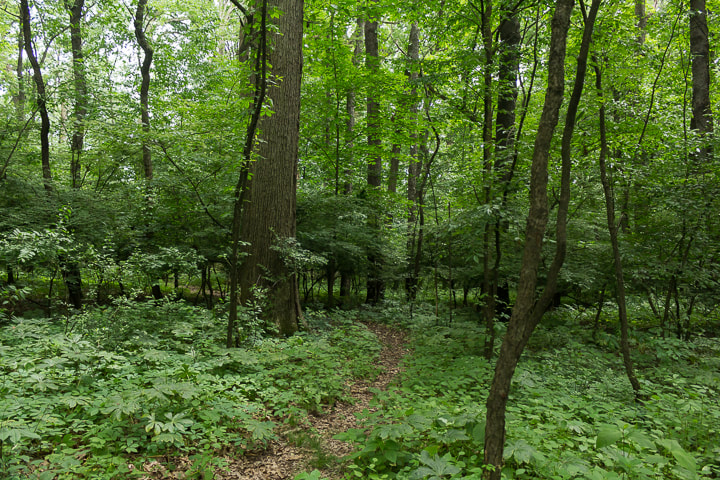
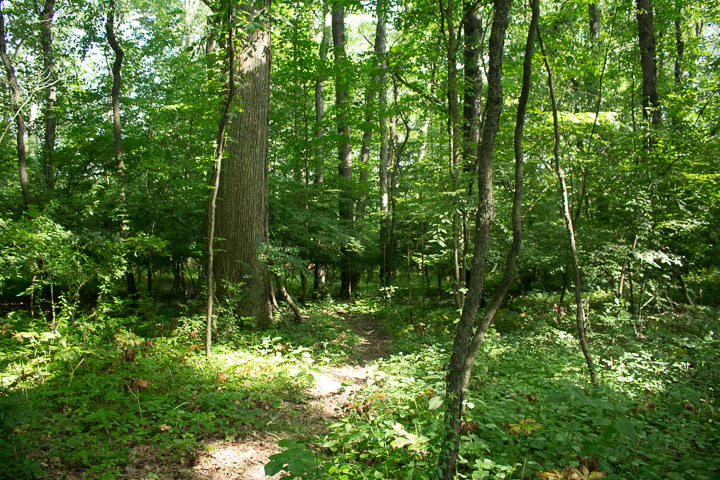
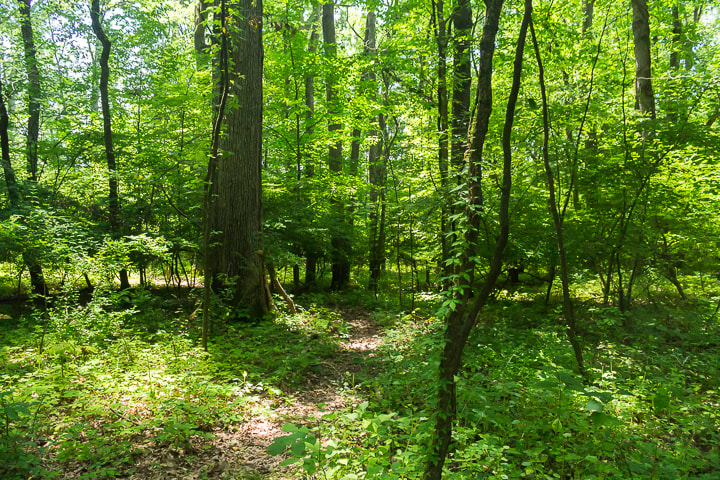
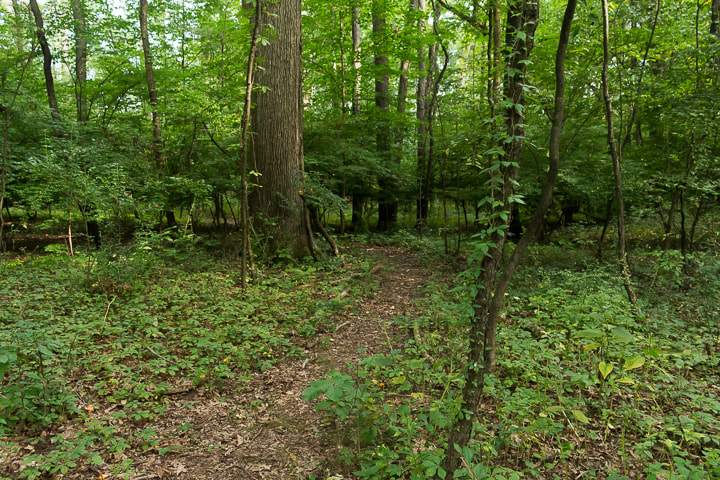
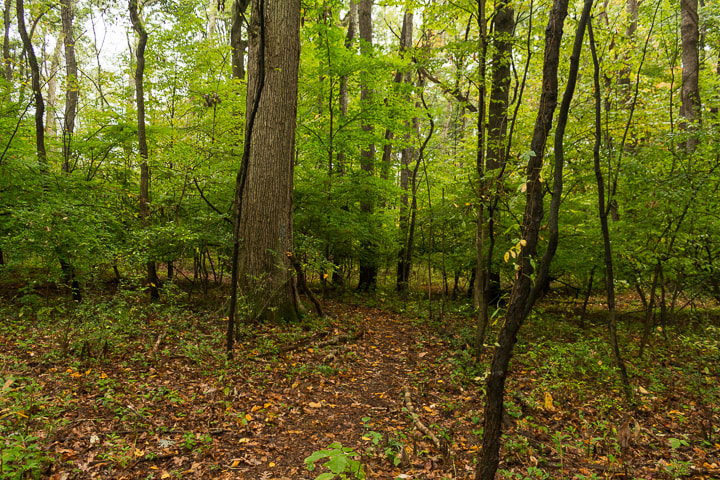
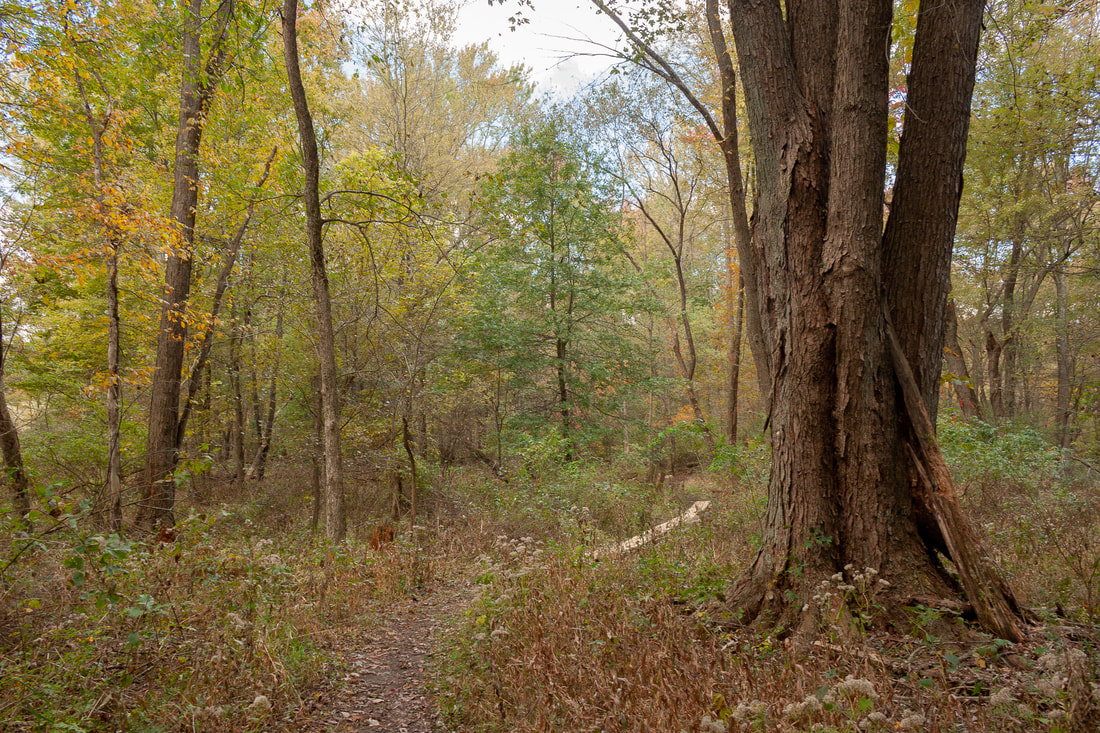
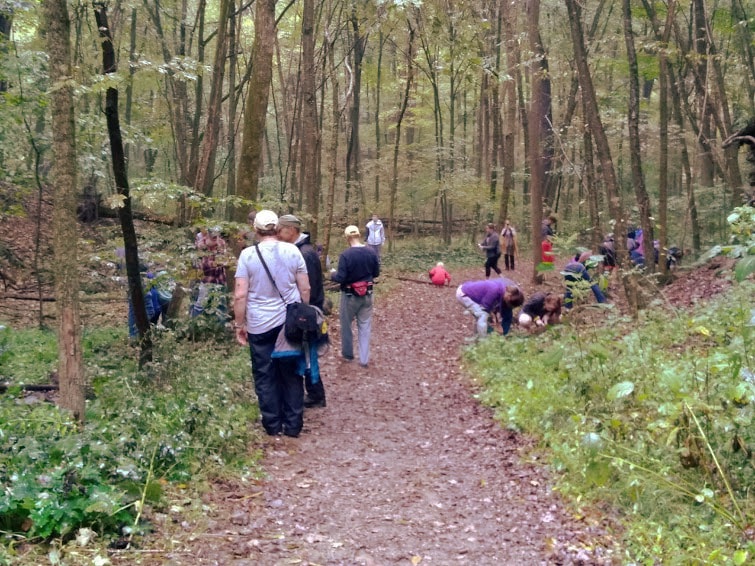
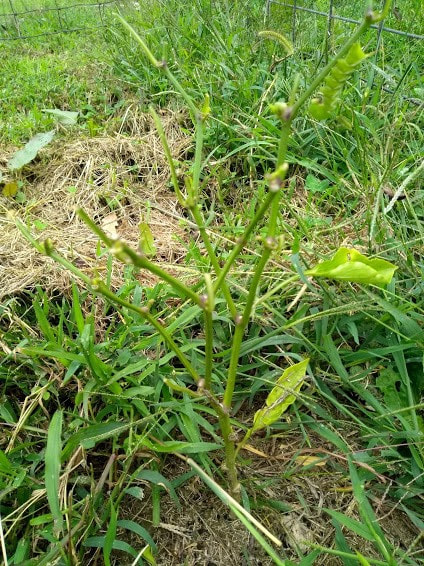
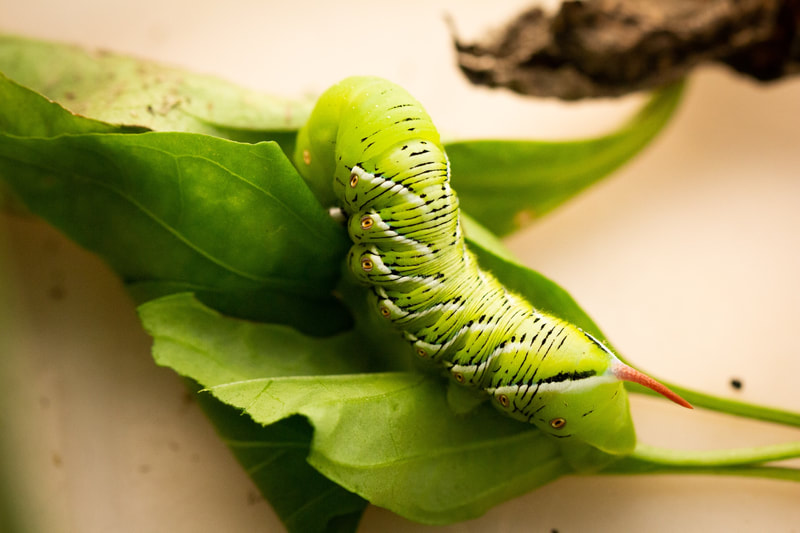
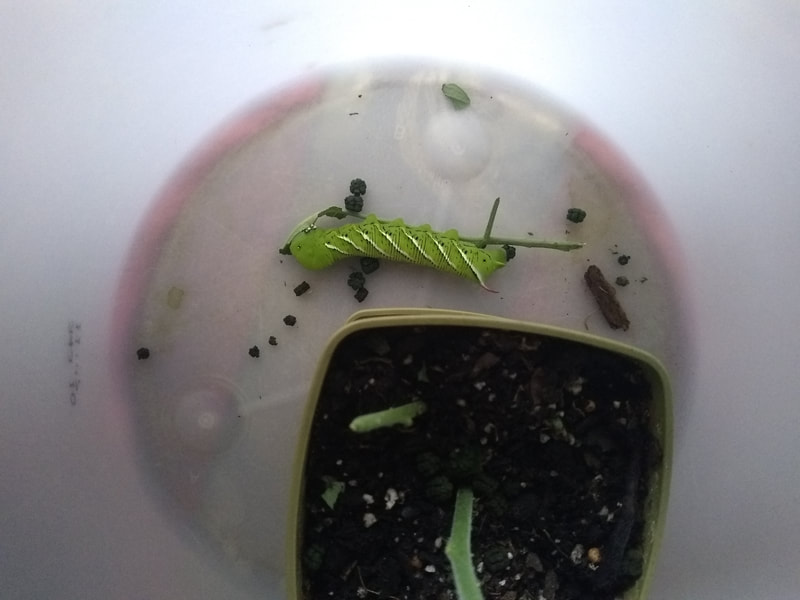
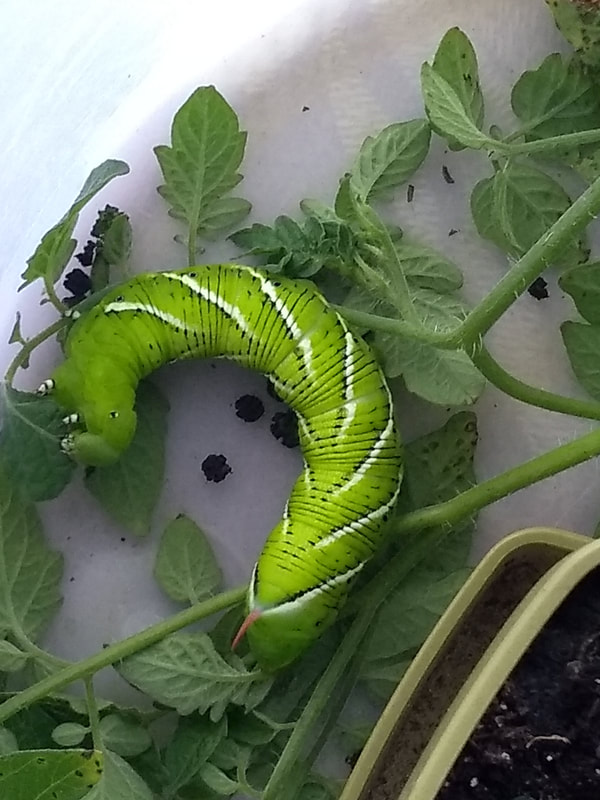
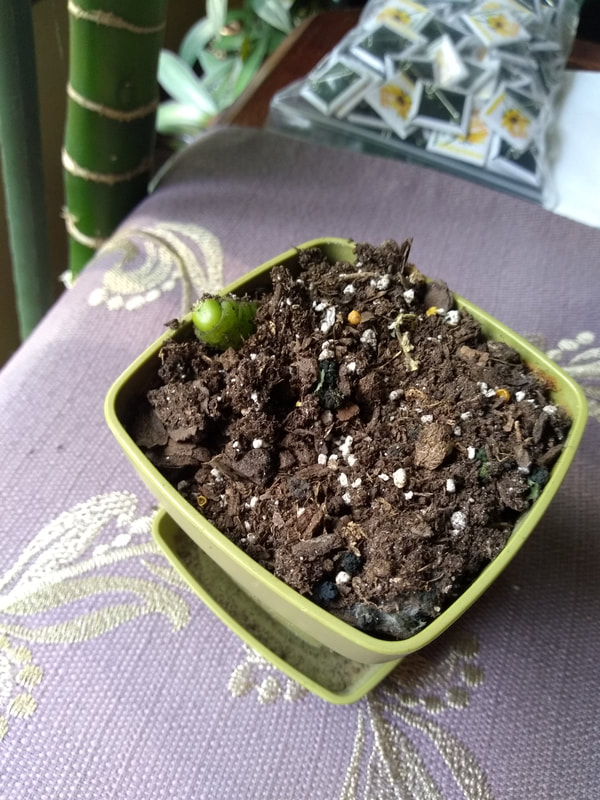
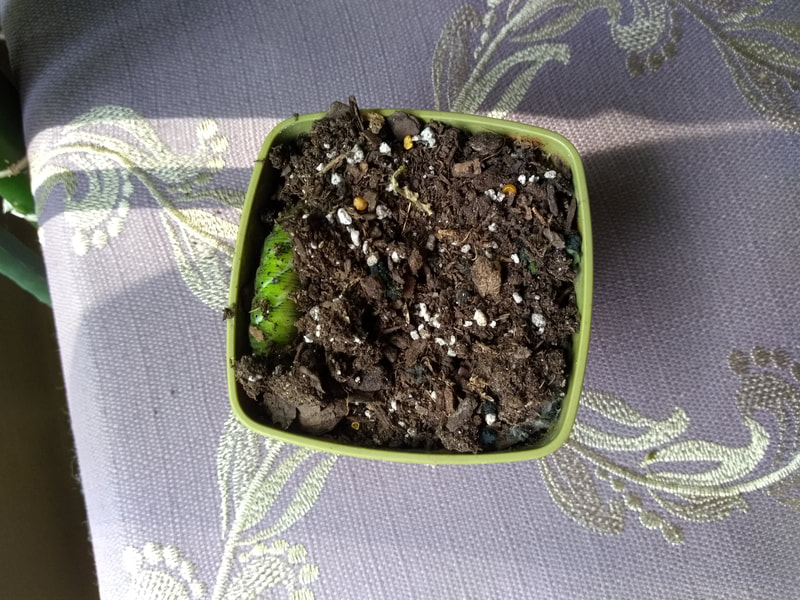
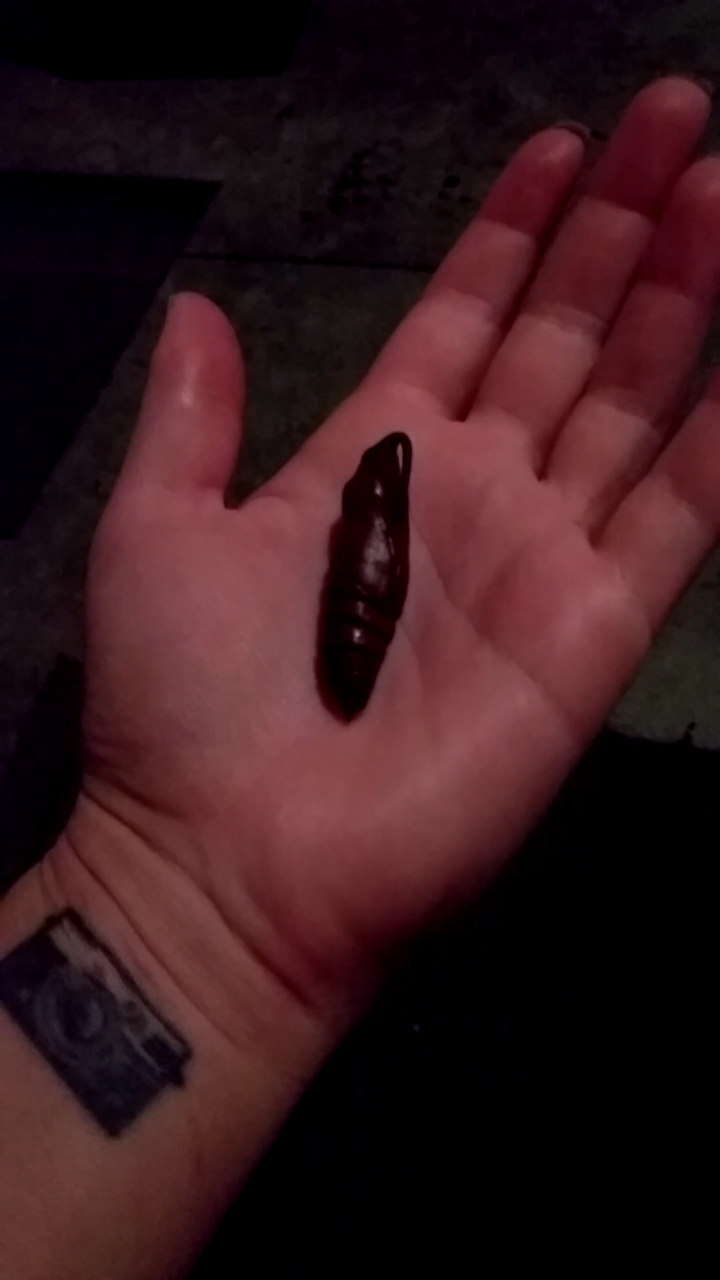
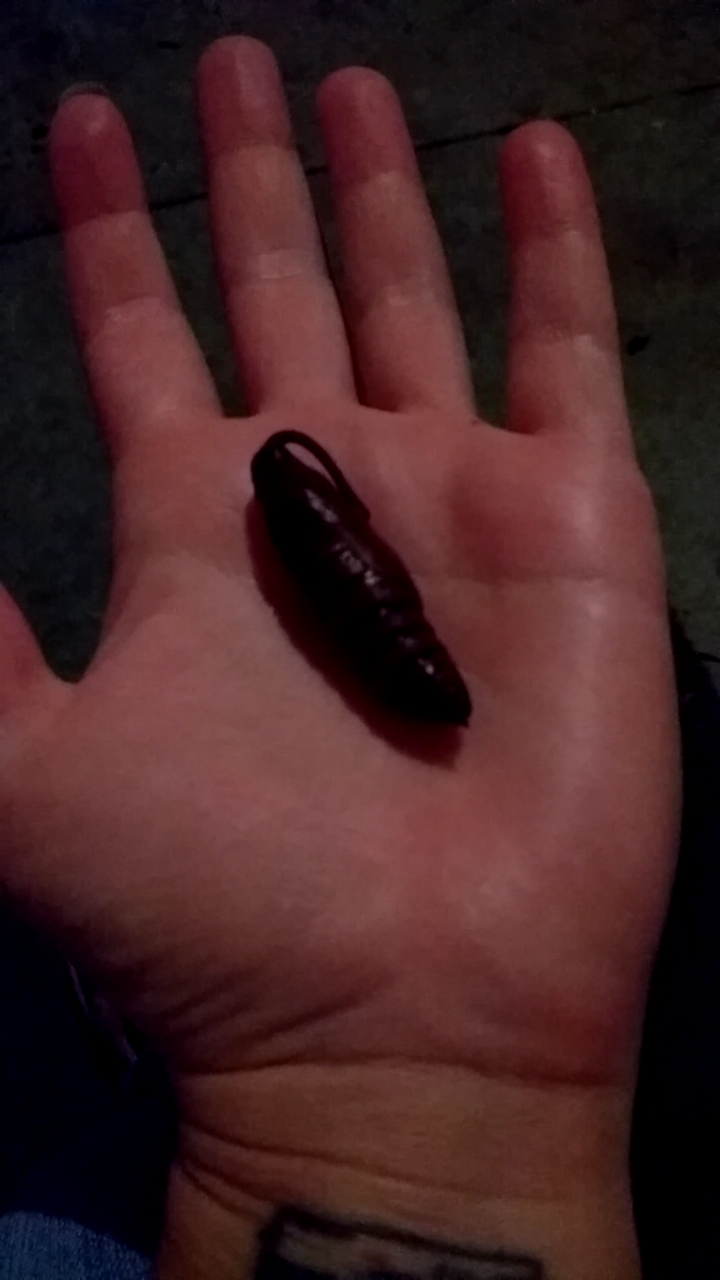
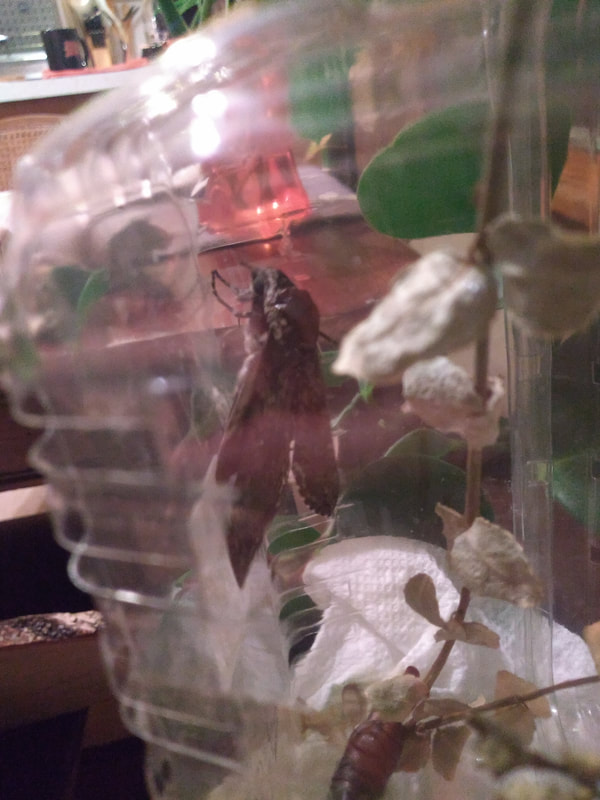
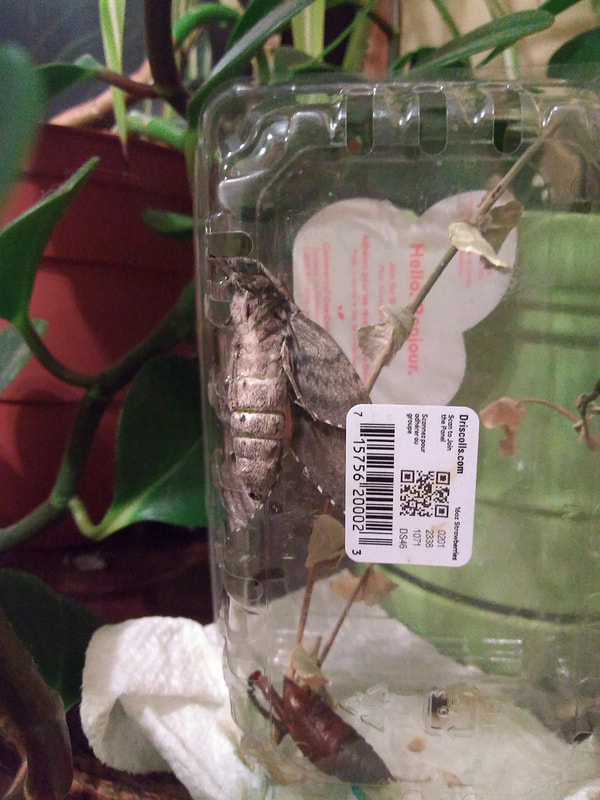
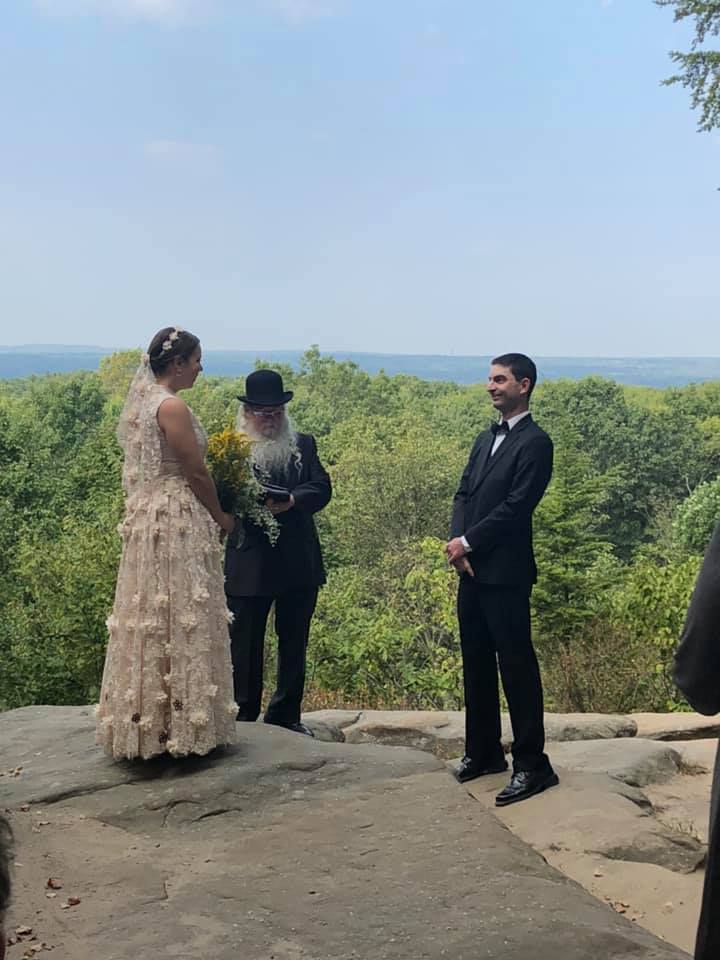
 RSS Feed
RSS Feed